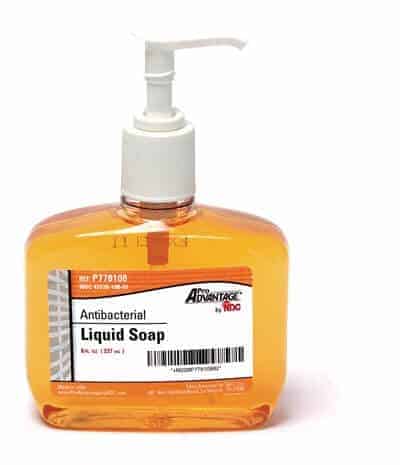Earlier this year, mounting concerns over the potential health effects of triclosan, a common antimicrobial ingredient, prompted Minnesota to ban the germ-killer from consumer soaps statewide starting in 2017. Are these concerns warranted? An article in Chemical & Engineering News (C&EN), the weekly news magazine of the American Chemical Society, investigates.
Jyllian Kemsley, a senior editor at C&EN, notes that when it was first patented, triclosan was used as an antimicrobial agent in health care settings. It was a much more benign option as a surgical scrub than the biocides used at the time. But then, it hit the mass market. Now, companies add the compound to deodorants, toothpastes, cosmetics, detergents, cutting boards, toys, carpets and many other everyday products. As a result, in one study, triclosan was found in 75 percent of the urine samples from participants. The question is, what does this mean?
The article notes that the answer is not simple. The Environmental Protection Agency has concluded that the chances triclosan will cause problems for most people are probably minimal. However, those who aren’t able to metabolize triclosan could end up with higher levels of the compound in their blood. In animal studies, the antimicrobial disrupts the heart, muscles and hormones.
These results don’t bode well for the most vulnerable among us: fetuses and breastfeeding babies. Triclosan’s potential to contribute to antibiotic resistance is also a cause for concern. It’s not even clear if the substance reduces infections. All of these considerations and more have led the Food and Drug Administration to propose regulations that would require manufacturers to show a clinical benefit to adding the controversial compound to products.
If our reporting has informed or inspired you, please consider making a donation. Every contribution, no matter the size, empowers us to continue delivering accurate, engaging, and trustworthy science and medical news. Independent journalism requires time, effort, and resources—your support ensures we can keep uncovering the stories that matter most to you.
Join us in making knowledge accessible and impactful. Thank you for standing with us!

